New Delhi: NASA’s Parker Solar Probe has completed its 25th close flyby of the Sun, once again reaching a speed of about 687,000 kilometres per hour. The solar encounter, carried out between September 10 and 20, marks the fourth time the spacecraft has touched this record velocity. At this speed, the probe could theoretically cover the distance between Kashmir and Kanyakumari in 19 seconds.
Launched in 2018 under NASA’s Living With a Star program, the Parker mission is designed to study the Sun’s outer atmosphere, or corona, and the dynamics of the solar wind. The spacecraft has been gradually moving closer to the Sun with each orbit and is expected to reach speeds of up to 700,000 km/h during its mission timeline. Previous speed records were achieved on December 24, 2024, March 22, 2025, and June 19, 2025.
The latest flyby comes at a time when the Sun is in a more active phase of its 11-year cycle, making the probe’s observations particularly significant. During this pass, Parker’s four scientific instrument packages collected data on solar winds, flares, and coronal mass ejections, phenomena that can directly impact satellites, astronaut safety, air travel, and even terrestrial power grids. NASA has noted that such measurements are essential for advancing research into high-energy space weather events.
According to the agency, data gathered during this encounter will begin transmission to Earth on September 23. The mission is currently planned to continue until at least 2026, with discussions underway on whether to extend it further. Built by the Johns Hopkins Applied Physics Laboratory in Maryland, Parker remains the only spacecraft to operate within the Sun’s corona, offering unprecedented insights into solar activity and its broader implications for Earth and space exploration.
Also Read:
India Develops Plan for ‘Bodyguard Satellites’ to Safeguard Space Assets
















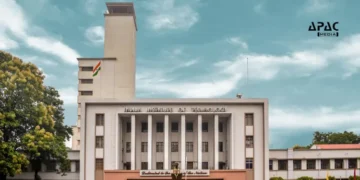











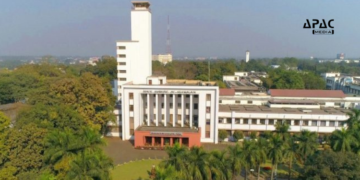

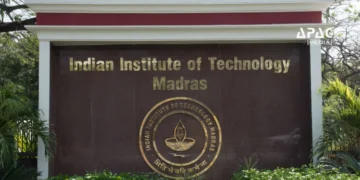

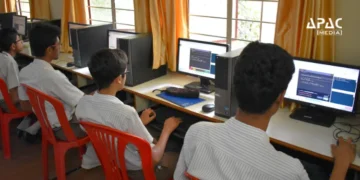

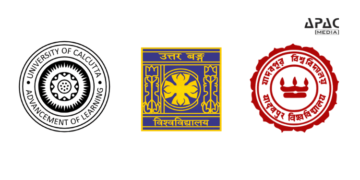














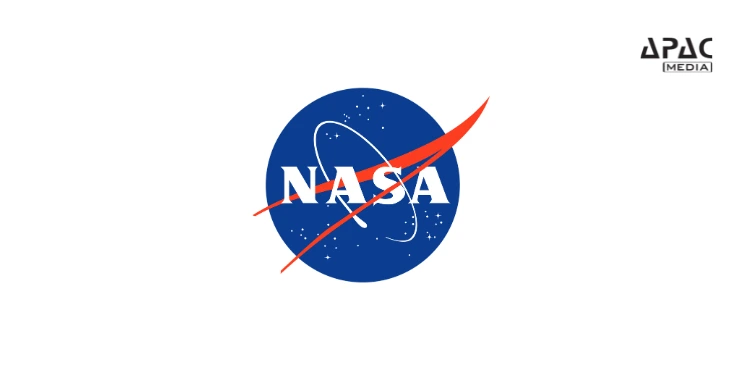













Discussion about this post